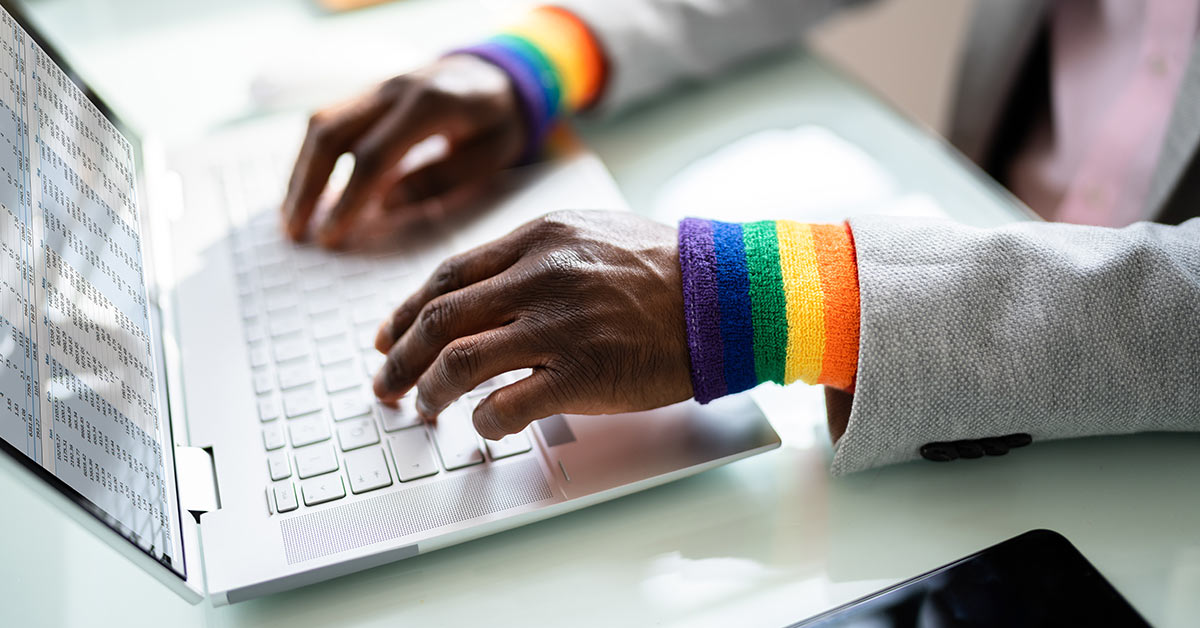Study: Masc gay men discriminate against fem gay men in the workplace

A new study from the University of Sydney finds that both gay men and heterosexual men prefer masculine-presenting men for high-status roles. This suggests that feminine gay men are facing implicit discrimination in the workplace.
The research, published in the renowned journal, Sex Roles, is believed to be the first experimental study to demonstrate status costs for gay men who present with more feminine than masculine qualities across workplace hierarchies.
Feminine-presenting traits are defined by researcher Ben Gerrard as a more feminine vocal activity, body language and posture. Gerrard is a researcher in gender and sexuality in the School of Psychology at the University of Sydney, and he says the finding that gay men prefer a more “straight-acting” gay man for high-status roles is disappointing and potentially creates a gay glass ceiling in workplaces.
“Gay men are potentially blocking each other from positions of power and leadership due to this implicit bias,” Gerrard says. “Men are still expected to conform to more traditional masculine styles of leadership and if they fail to sufficiently project masculine traits they are at risk of status penalites. This is an example of internalised homophobia among the gay community and it impacts opportunities for these gay men.”
The “think manager-think male” stereotype states that people tend to automatically associate leadership qualities with masculine characteristics. This shows how masculinity can favourably influence performance expectations of others.
Research has observed an apparent “gay glass ceiling” effect for upper-managerial positions similar to that found for women. Theoretical explanations for these findings consistently focus on the possibility that gay men experience such discrimination because of the stereotype that they are feminine and are therefore perceived as less equipped to occupy higher-status positions in social hierarchies.
The experiment
A mock TV commercial promoting tourism in Sydney was created for a psychological experiment. The mock commercial aimed at promoting Sydney to overseas visitors, and included an actor that would be admired by the audience.
Gerrard created videos of six shortlisted “candidates” using professional actors – all gay men in real-life – who performed the same script in both a feminine-gay and masculine-gay manner. A survey of 256 gay and heterosexual men were invited to watch the videos and to look for an actor who could be seen as a “leader” that could represent Australia.
Gerrard found that both gay men and heterosexual men preferred the more masculine-gay male actor for the advert. The script made no reference to the candidate’s qualifications, occupation, skills, education, or hobbies and yet the masculine-gay male actor took preference.
Gerrard said that this homophobic bias is putting pressure on feminine-presenting gay men to conform so that they might be passable as a heterosexual man.
Gerrard further explains that what we need is an increase in authentic representation of empowered feminine-presenting gay men – especially in the media – in order to counter misinformed biases regarding their ability to lead.
“The findings point to the need for advocacy and training to counter apparent bias against feminine-presenting gay men in a range of professional contexts and populations,” he adds.
Leave a Reply